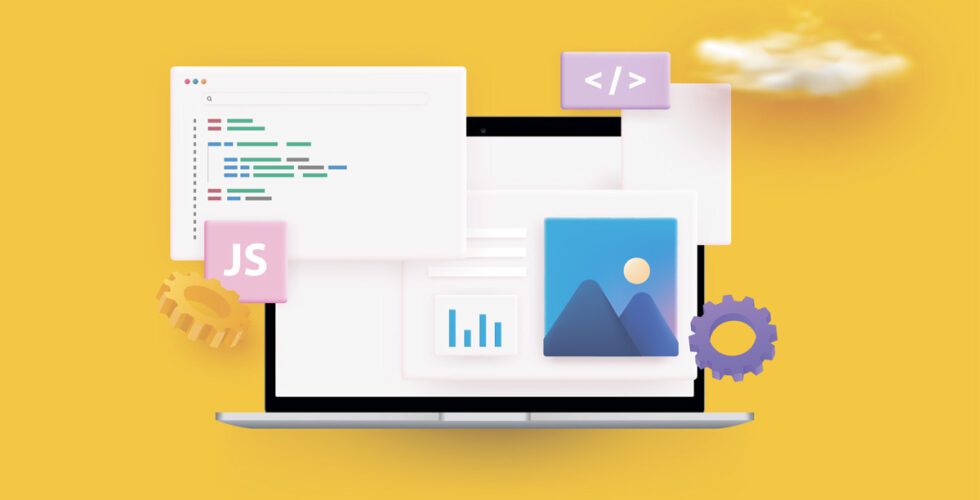Website Flicker: What Is It And Why You Should Avoid It?

When it comes to web development, there are a lot of things you should avoid. Among them there’s website flicker: a word not many actually know in this context. But it’s a stinker. So, what even is it?
Website flicker
So what is it? Imagine loading a page only for it to immediately change its contents moments later. Imagine loading a default home page only for it to instantly change to something else, like its variation with personalized elements. “So what?” you might ask. Well, while it does sound harmless, it actually has a nasty effect on conversion.
We can list a number of reasons it might happen, but usually, it’s your browser being not fast enough, loading older content until the vast layers of a JavaScript kick in to make it personal.
How flicker makes your users miserable
Why is flicker bad? It’s jarring, and no user likes seeing two versions of a page in a matter of seconds. They might see older news or sales that are not meant for them. One weird instance of flicker can be enough to scare off most of the users. The first impression is the most important one, and strange behavior of images or any kind of content is never good.
If you rely on Java, it’s pretty much a given that your visitors are bound to see some kind of flicker. The only thing you can do is make sure any kind of content change happens well before it reaches the browser.
